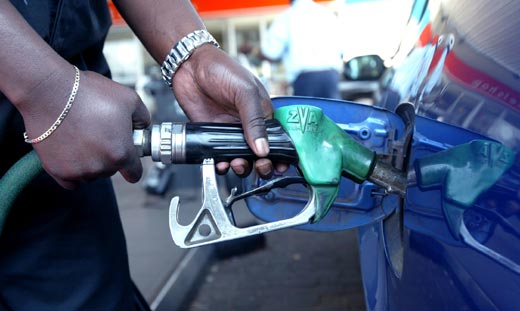Year-end deadline for PPC US$37 million solar projects
LEADING cement producer, Pretoria Portland Cement (PPC) Zimbabwe says its two photovoltaic solar projects at Colleen Bawn and Bulawayo factories with a combined value of US$37 million will be operational by year-end.
PPC operates a clinker plant in Colleen Bawn, Matabeleland South province where a 20MW power plant is being constructed while a 10MW is also being developed in Bulawayo.
In a recent interview, PPC managing director Mr Kelibone Masiyane said the technical partner for
the two projects is already on the ground.
“PPC Zimbabwe is at an advanced stage of implementing a plan to generate PV Solar electricity for
the two plants, Colleen Bawn and Bulawayo factory, sized as 20MW and 10MW respectively.
“Key regulatory requirements have been complied with and the Zimbabwe Energy Regulatory Authority (Zera) licence has been issued.
Our technical partners have started work and we expect to commission the plants end of this year,” he said.
Apart from addressing power supply issues, Mr Masiyane said his company has adopted renewable energy in order to be able to reduce the carbon footprint and mitigate against negative impact of
cement production to the environment.
“The Colleen Bawn factory runs continuously (24 hours a day and seven days a week) therefore,
any stoppage disrupts production and increases cost of production.
“In addition, frequent stoppages either damage or reduce equipment life,” he said.
PPC is also developing the solar projects in response to the Government’s call to augment efforts to
address the power supply gap.
At present Zimbabwe is failing to meet demand for electricity and this is largely blamed on Zesa’s
obsolete equipment.
Zimbabwe’s electricity supply constraints have also been worsened by acts of sabotage such as
vandalism and theft of the power utility’s infrastructure and equipment like copper cables.
To address the power supply gap, which has also been compounded by lack of investments in
electricity generation by Zesa in recent years, the Second Republic has embarked on the
refurbishment of the existing power plants such as Kariba Hydropower Station whose installed capacity has been raised to 1 050MW through the addition of two units with a combined capacity of 300MW.
Government is also working on the US$1,4 billion Hwange Thermal Power Station expansion
project, which involves the addition of Units 7 and 8.
The project, which is now 82 percent complete, will add 600MW to the national grid.
Since 2010, the Government has licensed more than 100 Independent Power Producers whose projects are at different stages of implementation but many of them are facing funding constraints.
Solar energy comes with a number of advantages that include less service disruption, reduced electricity bills, increase in value of energy-efficiency, renewable energy, reduced carbon emission as well as low maintenance costs among other advantages.
As Zimbabwe targets an upper middle-income economy status by 2030, the country requires an
additional 9 000MW to boost production in different economic sectors.
The country’s demand for electricity hovers around 2 000MW yet it is producing about 1 300MW.
— The Chronicle










